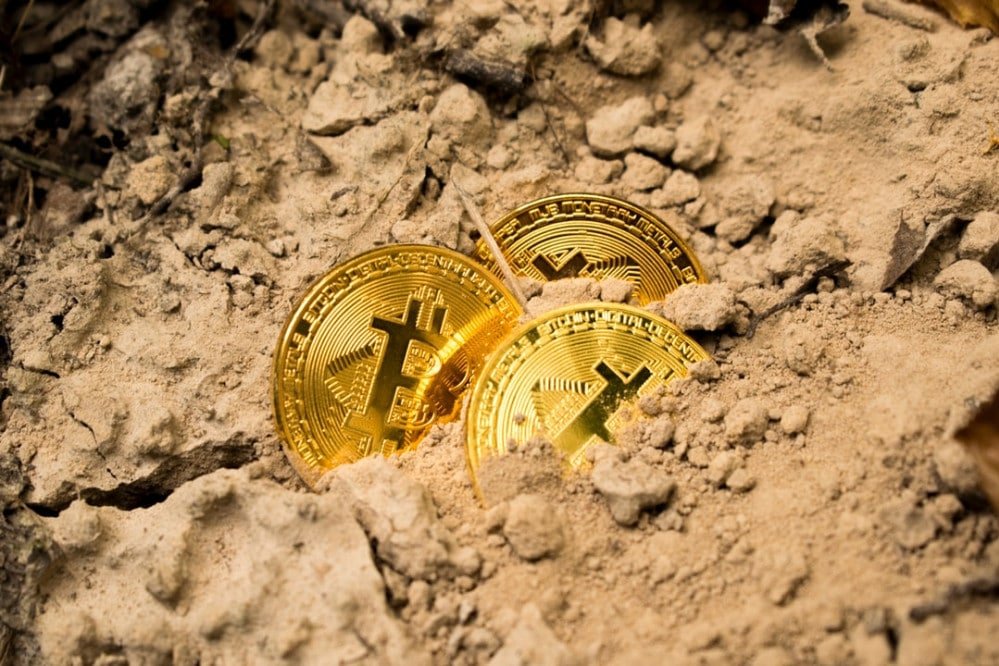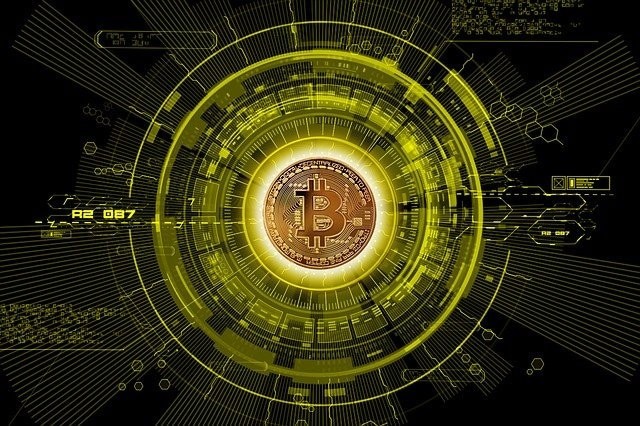
The question “Is Bitcoin A Tangible Coin” has been asked a time or two.
In order to decipher the answer, I think there are a few concepts that need to be evaluated.
Come join me as I discuss three of them.
Bitcoin is really a convertible virtual cryptocurrency and its transactions are secured and validated through cryptography, then recorded on the blockchain. However, even though it’s not a tangible coin, tangible bitcoin coins do exist. They just aren’t the cryptocurrency known as bitcoin.

Yes, there are physical Bitcoins.
However, they are not the crypto itself.
Bitcoin the cryptocurrency is virtual and lives on the blockchain.
The physical bitcoins are mostly novelties and collector’s items.
Although, the first actual physical Bitcoin was invented by a man named Mike Caldwell.
In 2011 he created the first physical bitcoins which were also called Casascius coins.
They were metal coins with a piece of paper embedded in them that contained a bitcoin value.
This paper was then covered by a tamper-resistant hologram.
Mike made them until the Financial Crimes Enforcement Network (FinCEN), a branch of the Treasury Department shut him down in 2013.
They claimed that since he was minting physical bitcoins that qualified him as a money transmitter business.
So he would need to register at the federal level and get state licenses too.
Which, if he had done everything necessary to continue making the coins it would have cost him millions.
So the physical bitcoin “Casascius coin” went the way of the dodo.
Although, there is still a Bitcoin Coin that is a cold storage wallet.

Bitcoin is a convertible virtual currency where its transactions are secured and validated using cryptography.
Then it is digitally recorded on a blockchain, which is a distributed ledger (like a virtual financial accounts book).
Convertible virtual currencies are virtual currencies that have a similar value to fiat currency (regular money) or can act as a substitute for fiat currency.
Bitcoin can be purchased or traded using exchanges or converted into different fiat currencies and other cryptocurrencies.
Once some bitcoin is purchased, since it is virtual it will need to be stored in a digital wallet.
The bitcoin is then kept secure by a private key (which the key is not physical either).
By the way here’s a little tip, if you ever buy some bitcoin, never ever share your private key with anyone.
Most assets are categorized as either intangible or are put under the tangible umbrella which would be “real and financial” assets.
An intangible asset is basically an asset that doesn’t have a physical presence.
Even though an intangible asset isn’t really physical, that doesn’t mean it’s not valuable to a company or entity.
Take Pepsi for example, it would not have been nearly as successful if it wasn’t for its brand recognition.
So we all know brand recognition isn’t physical, you can’t hold or see it.
However, try telling Pepsi that means it doesn’t have value.
Now, Pepsi created its brand recognition, but companies and entities can acquire intangible assets also.
One way to acquire an intangible asset would be to buy a patent from an inventor.
Also, there are two ways to classify intangible assets.
One of those ways is called indefinite.
The other way is, yeah you guessed it, definite.
An Indefinite asset is an asset that will be with the company for as long as it exists.
A trademark is considered an indefinite asset.
Definite assets are assets that might expire at some point in the future.
Patents are an example of a definite asset.

A tangible asset usually has a physical form and a finite monetary value.
Real and Financial assets are two classifications of tangible assets.
A real asset has a tangible form and because of its properties and substance has intrinsic value.
Real estate, equipment, commodities, and precious metals are some examples of real assets.
One negative that it has when compared to financial assets is that Real assets usually have less liquidity.
However, they are generally more stable.
So they tend to do better than financial assets with macroeconomic factors such as high inflation.
According to (Investopedia) “A financial asset is a liquid asset that gets its value from a contractual right or ownership claim.”
It also states that “Unlike land, property, commodities, or other tangible physical assets, financial assets do not necessarily have inherent physical worth or even a physical form. Rather, their value reflects factors of supply and demand in the marketplace in which they trade, as well as the degree of risk they carry.”
So in keeping with what Investopedia says, I personally think that bitcoin should fall into the Financial Assets category.
Stay with me and I’ll explain.
First, it is liquid (it can be sold in a short amount of time).
If you use a reputable exchange, you can sell your bitcoin for cash pretty much immediately.
Although, depending on the value of the bitcoin, it could take anywhere from a few minutes to a few days to be confirmed.
With that being said, that time frame wouldn’t keep it from being considered a liquid asset.
Next, if you buy Bitcoin or any other cryptocurrency your private key is how to prove (claim) your ownership.
So, that should take care of the “ownership claim” part of being a financial asset.
Now, I’m not a CPA or tax attorney, nor am I giving out financial, investment, legal, or tax advice.
This is just my opinion, but my opinion is that it should be considered a financial asset.
There are physical bitcoin coins. However, those coins are not the actual cryptocurrency. The crypto bitcoin is a convertible virtual currency whose transactions are validated and secured with cryptography. Then it is digitally recorded on the blockchain. So it’s decided, it is not a tangible coin. Although is there anything about it that could be considered tangible. Well like I said a minute ago, it’s just my opinion, but I think it should be thought of as a financial asset. Which, a financial asset is a tangible asset.